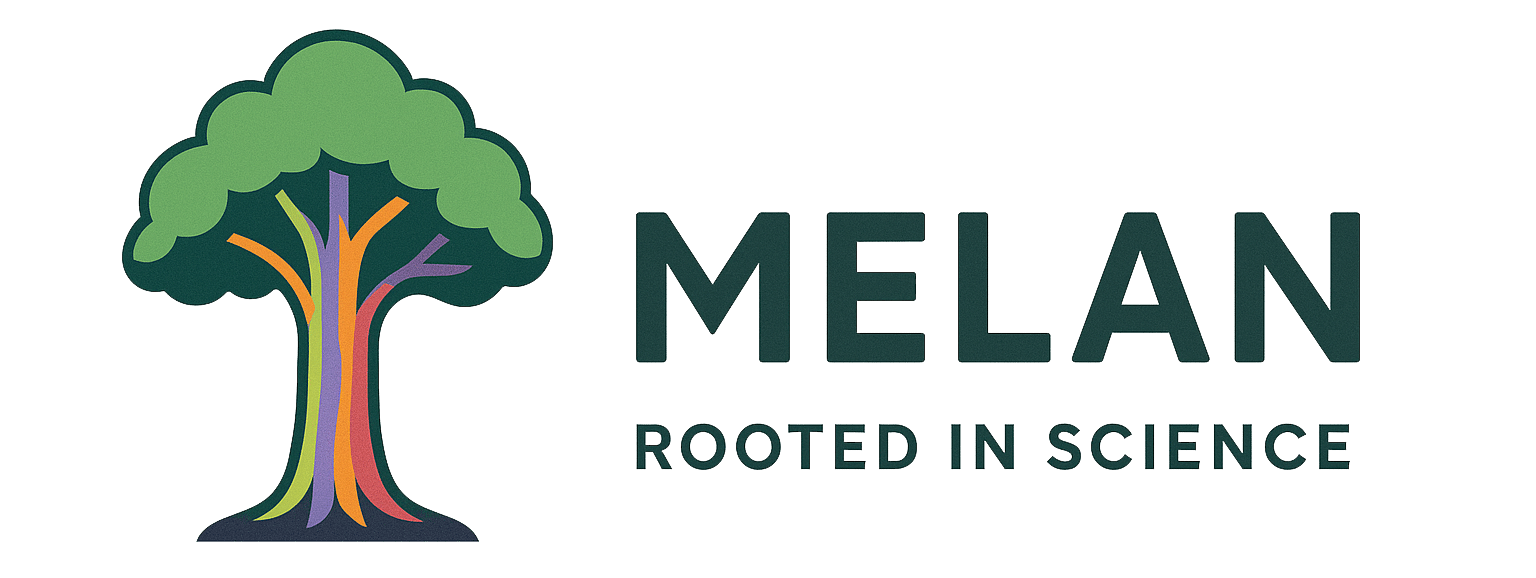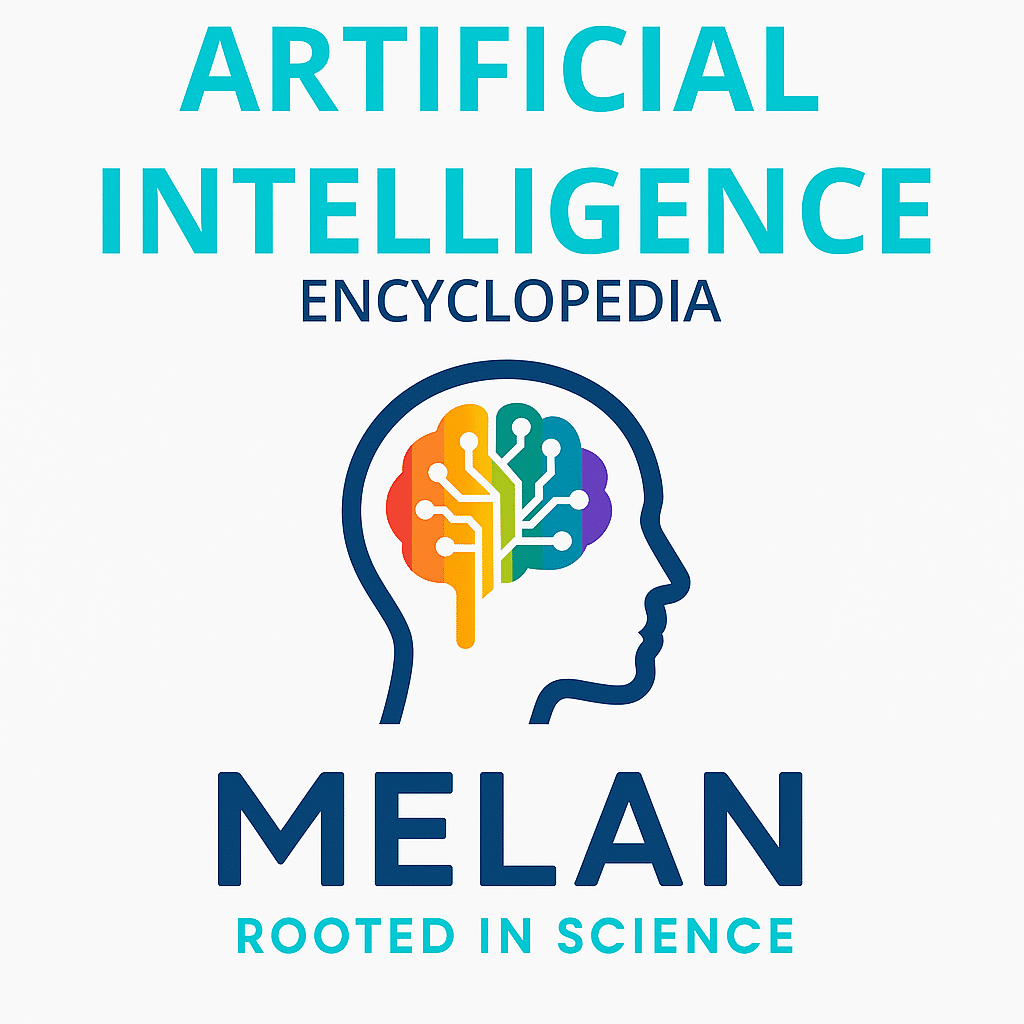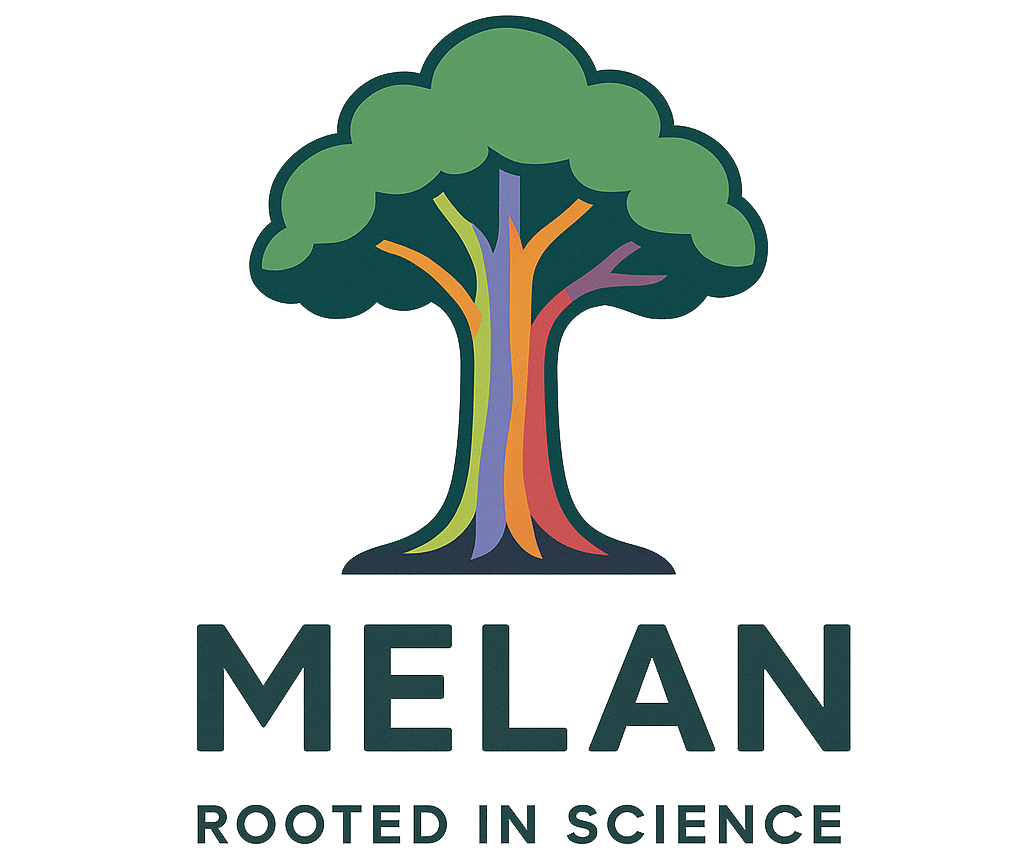Generative AI refers to artificial intelligence systems that can create new content including text, images, audio, video, and code by learning patterns from existing data and generating original material that resembles but isn’t copied from their training examples. These systems work like creative assistants that can write stories, design artwork, compose music, or even help with programming tasks, fundamentally changing how people approach creative work and content production across industries from entertainment and marketing to education and software development.
Generative AI
|
|
|---|---|
| Category | Artificial Intelligence, Machine Learning |
| Subfield | Deep Learning, Content Generation, Creative AI |
| Key Technologies | Large Language Models, GANs, Diffusion Models, Transformers |
| Output Types | Text, Images, Audio, Video, Code, 3D Models |
| Primary Applications | Content Creation, Programming Assistance, Design, Entertainment |
| Sources: GAN Original Paper, GPT-4 Technical Report, Diffusion Models | |
Other Names
Creative AI, Content Generation AI, Synthetic Media, AI Content Creation, Generative Models, Automated Content Generation, AI-Assisted Creation, Synthetic Content Generation
History and Development
Generative AI has roots in early computer creativity experiments from the 1960s, when researchers began exploring whether computers could create art and music, but modern generative AI started taking shape in the 2010s with the development of better neural network architectures. A major breakthrough came in 2014 when Ian Goodfellow invented Generative Adversarial Networks (GANs) systems where two AI networks compete against each other, with one creating fake content and the other trying to detect fakes, leading to increasingly realistic generated images.
The field accelerated rapidly with the development of transformer models like GPT (Generative Pre-trained Transformer) by OpenAI starting in 2018, which demonstrated that AI could generate human-like text by predicting what words should come next in a sequence. The public breakthrough moment came in 2022 with the release of accessible tools like ChatGPT for text generation, DALL-E and Midjourney for image creation, and GitHub Copilot for code assistance, suddenly making powerful generative AI capabilities available to millions of everyday users rather than just researchers and tech companies.
How Generative AI Works
Generative AI works by training on massive amounts of existing content to learn the underlying patterns, styles, and structures that make content seem natural or appealing, then using this learned knowledge to create new material that follows similar patterns but isn’t directly copied from the training data. For text generation, systems like ChatGPT learn from billions of web pages, books, and articles to understand grammar, style, and how ideas connect, then generate responses by predicting the most likely next words based on the context and prompt they receive.
Image generation systems like DALL-E or Stable Diffusion learn from millions of image-caption pairs to understand how visual elements relate to descriptions, then create new images by starting with random noise and gradually refining it according to text prompts until it matches the requested description. The key innovation is that these systems don’t just copy and paste from their training data instead, they learn abstract representations of concepts and relationships that allow them to combine ideas in novel ways, similar to how human creativity works by combining existing knowledge and experiences into new forms.
Variations of Generative AI
Large Language Models (LLMs)
AI systems like ChatGPT, Claude, and Bard that generate human-like text for conversations, writing assistance, analysis, and various text-based tasks by predicting sequences of words based on context and training.
Image Generation Models
Systems like DALL-E, Midjourney, and Stable Diffusion that create images from text descriptions, using techniques like diffusion models that gradually transform random noise into coherent pictures matching the prompt.
Multimodal Generative Systems
Advanced AI that can work across different content types simultaneously, such as generating images with accompanying text, creating videos with narration, or producing code with documentation.
Real-World Applications
Marketing and advertising teams use generative AI to create compelling copy, social media posts, and visual content at scale, enabling small businesses to produce professional-quality materials without large creative teams or budgets. Software developers employ AI coding assistants like GitHub Copilot to help write, debug, and explain code, significantly speeding up development processes and making programming more accessible to newcomers. Educational institutions leverage generative AI for creating personalized learning materials, practice problems, and explanations tailored to individual student needs and learning styles, transforming how educational content is developed and delivered through AI-powered marketing approaches.
Entertainment industries use generative AI for script writing, concept art, music composition, and video game content creation, enabling faster prototyping and exploration of creative ideas while reducing production costs. Healthcare organizations apply generative AI for creating patient education materials, generating synthetic data for research while protecting privacy, and assisting with medical documentation, improving both patient communication and healthcare workflow efficiency.
Generative AI Benefits
Generative AI dramatically reduces the time and cost of content creation by automating many routine creative tasks, allowing individuals and organizations to produce high-quality materials quickly without requiring specialized skills or expensive tools. It democratizes creative capabilities by making professional-level content generation accessible to people without extensive training in writing, design, or programming, leveling the playing field for small businesses and individual creators.
The technology serves as a powerful brainstorming and ideation partner, helping humans overcome creative blocks by generating multiple variations and suggestions that can spark new ideas and directions for projects. Generative AI enables mass personalization of content, allowing organizations to create customized materials for different audiences, languages, or contexts without manually creating each variation. The systems provide 24/7 availability for creative assistance, enabling rapid iteration and experimentation that can accelerate innovation and learning across many fields.
Risks and Limitations
Misinformation and Content Authenticity Issues
Generative AI experiences hallucinations and can create convincing but false information, fake images, and misleading content that becomes increasingly difficult to distinguish from authentic material, potentially contributing to misinformation spread and erosion of trust in digital content. The technology enables creation of deepfakes and synthetic media that could be used for fraud, identity theft, or political manipulation.
Copyright and Intellectual Property Concerns
Many generative AI systems are trained on copyrighted material without explicit permission, raising legal questions about whether this constitutes fair use or copyright infringement, while generated content may inadvertently reproduce protected elements from training data. Artists, writers, and creators worry about AI systems learning from their work without compensation or permission.
Quality Control and Reliability Problems
Generative AI can produce factually incorrect information, biased content, or inappropriate material despite seeming authoritative and well-written, making human oversight essential for quality control. The systems may generate content that’s grammatically correct but factually wrong, making errors difficult to detect without domain expertise.
Job Displacement and Economic Impact
Automation of creative tasks through generative AI raises concerns about job displacement for writers, artists, programmers, and other creative professionals, while also potentially devaluing human creative work in markets where AI-generated content becomes the norm.
Bias and Representation Issues
Generative AI systems can perpetuate and amplify biases present in their training data, potentially creating content that stereotypes or misrepresents certain groups, cultures, or perspectives, while underrepresenting marginalized voices in generated outputs.
Regulatory Frameworks and Ethical Guidelines
The rapid deployment of generative AI tools has outpaced regulatory frameworks, creating uncertainty about liability, safety requirements, and appropriate use cases, while professional standards for responsible generative AI use continue evolving. Legal systems struggle to address questions of authorship, accountability, and fair use in AI-generated content. These challenges have intensified following cases where generative AI created problematic content or raised ethical concerns about language and representation, market demands for reliable and trustworthy AI generation tools, and regulatory pressure for transparency and accountability in AI content creation systems.
Industry Standards and Responsible Development
Technology companies, content creators, legal experts, and regulatory bodies collaborate to establish guidelines for responsible generative AI development and deployment, focusing on transparency, bias mitigation, and quality assurance. Professional organizations develop standards for disclosure of AI-generated content and best practices for human oversight in creative workflows. The intended outcomes include ensuring generative AI enhances rather than replaces human creativity, establishing clear standards for content authenticity and labeling, developing effective methods for detecting and preventing harmful generated content, and creating regulatory frameworks that balance innovation with protection against misuse. Initial evidence shows increased investment in AI safety research for generative systems, development of content authentication technologies, growing awareness of ethical considerations in AI generation, and establishment of industry guidelines for responsible generative AI deployment.
Current Debates
Human Creativity vs. AI Automation
Artists, writers, and creators debate whether generative AI enhances human creativity as a tool or threatens to replace human creative work, with disagreements about the value and authenticity of AI-assisted versus purely human-created content.
Copyright and Fair Use in AI Training
Legal experts and content creators argue about whether training generative AI on copyrighted material constitutes fair use or requires licensing agreements, with ongoing lawsuits challenging current practices and seeking compensation for creators.
Content Authenticity and Disclosure Requirements
Policymakers and industry leaders debate whether AI-generated content should be clearly labeled or watermarked, balancing transparency concerns against potential limitations on AI adoption and creative applications.
Quality vs. Accessibility Trade-offs
Developers argue about whether to prioritize creating more accurate and sophisticated generative AI systems or making current capabilities more accessible and user-friendly for broader adoption.
Open Source vs. Proprietary Development
The AI community debates whether generative AI should be developed as open-source tools that anyone can access and modify, or as controlled proprietary systems that companies can better monitor for safety and misuse.
Media Depictions of Generative AI
Movies
- Her (2013): Samantha’s (Scarlett Johansson) ability to compose music and write letters demonstrates advanced generative AI capabilities for creative content across multiple formats
- Ex Machina (2014): Ava’s (Alicia Vikander) artistic creations and creative expressions showcase generative AI’s potential for original creative work and self-expression
- The Matrix (1999): The simulated reality demonstrates massive-scale generative AI creating entire worlds and experiences, though with more advanced capabilities than current technology
- Blade Runner 2049 (2017): The AI character Joi creates personalized experiences and interactions, reflecting generative AI’s potential for customized content creation
TV Shows
- Westworld (2016-2022): The park’s ability to generate complex narratives and character interactions demonstrates advanced generative AI for entertainment and storytelling applications
- Black Mirror: Episodes like “Bandersnatch” explore interactive content generation, while “USS Callister” shows AI creating personalized virtual experiences
- Upload (2020-present): The digital afterlife environment demonstrates generative AI creating entire virtual worlds and experiences tailored to individual preferences
- Silicon Valley (2014-2019): The show’s portrayal of algorithm development and content generation reflects real-world challenges in creating and deploying generative AI systems
Books
- The Diamond Age (1995) by Neal Stephenson: Features AI systems that generate personalized educational content and interactive stories, demonstrating generative AI applications in learning and entertainment
- Klara and the Sun (2021) by Kazuo Ishiguro: Explores AI creativity and emotional expression, touching on themes relevant to generative AI’s potential for creating meaningful content
- The Lifecycle of Software Objects (2010) by Ted Chiang: Examines AI entities that develop creative abilities over time, paralleling questions about generative AI consciousness and creativity
- Machines Like Me (2019) by Ian McEwan: Explores AI creativity and artistic expression, raising questions about the nature of creativity when machines can generate original content
Games and Interactive Media
- AI Dungeon: Interactive storytelling game powered by generative AI that creates unique adventures based on player input, demonstrating real-world generative AI entertainment applications
- GitHub Copilot: AI coding assistant that generates code suggestions and complete functions, showing practical generative AI applications in software development
- Art Generation Platforms: Tools like DALL-E, Midjourney, and Stable Diffusion that allow users to create images through text prompts, making generative AI accessible for visual creativity
- Writing Assistance Tools: Applications like ChatGPT, Claude, and Jasper that help with content creation, editing, and brainstorming, demonstrating generative AI’s impact on writing and communication
Research Landscape
Current research focuses on improving the quality, reliability, and safety of generative AI systems through better training methods, content filtering, and bias reduction techniques that ensure generated material is helpful rather than harmful. Scientists are working on more efficient generative models that require less computational power while maintaining quality, making advanced generation capabilities accessible on mobile devices and edge computing systems. Advanced techniques explore controllable generation that allows users to fine-tune specific aspects of generated content, such as style, tone, or factual accuracy, providing more precise creative control. Emerging research areas include multimodal generation that seamlessly combines text, images, audio, and video in single systems, personalized generation that adapts to individual user preferences and needs, and verification systems that can detect AI-generated content and assess its quality and authenticity.
Selected Publications
Frequently Asked Questions
What exactly is generative AI?
Generative AI refers to artificial intelligence systems that can create new content like text, images, music, or code by learning patterns from existing examples and generating original material that follows similar styles but isn’t copied from the training data.
How is generative AI different from other types of AI?
While most AI systems analyze or classify existing information, generative AI creates entirely new content, functioning more like a creative partner that can write, design, compose, or code rather than just recognizing patterns or making predictions.
What are the most popular generative AI tools available today?
Popular tools include ChatGPT and Claude for text generation, DALL-E and Midjourney for image creation, GitHub Copilot for coding assistance, and various music and video generation platforms for creative applications.
Can generative AI replace human creativity?
Generative AI is best viewed as a creative tool that enhances human capabilities rather than replacing them—it can help with brainstorming, rapid prototyping, and routine tasks, but human judgment, creativity, and expertise remain essential for high-quality results.
What are the main concerns about generative AI?
Key concerns include potential misinformation and fake content creation, copyright issues with training data, job displacement in creative fields, bias in generated content, and the need for human oversight to ensure quality and appropriateness.


